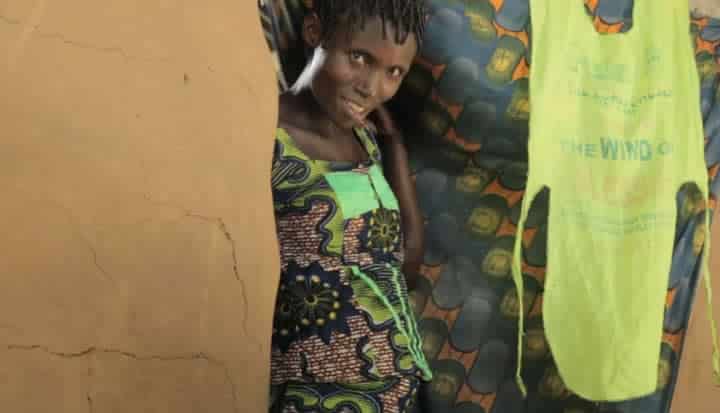Many families around the world live in communities with limited access to resources and where doctors are hard to come by. Among these families, many children are also infected with one of the world’s deadliest diseases – HIV/AIDS. While this may sound like improbable hardship, more than 240,000 children – mostly concentrated in sub-Saharan Africa – were infected with HIV in 2013, the majority of whom were exposed to the virus inadvertently by their mothers.
While roughly 24.7 million people around the globe are living with HIV, sub-Saharan Africa accounts for almost 70 percent of the global total of new HIV infections. This region also includes almost all cases of mother-to-child transmission of HIV in the world. In Nigeria alone, nearly 70,000 children are born with HIV each year, which is close to 30 percent of children born with HIV worldwide annually, and is the largest number of new HIV infections among children, all in one place.
In sub-Saharan Africa, women constitute 60 percent of people living with AIDS. Children suffer this fate because their mothers do. Lack of resources and care, coupled with stigma around the disease, lead to women being unable to receive the education, support and treatment they need to keep themselves and their children healthy. As a result, they unknowingly pass the virus in the womb, at birth or through breastfeeding – infecting their own children often before or within moments of being born.
But there is good news in the midst of this discouraging reality. Ending the transmission of HIV from mother-to-child is one pragmatic and realistic way to ensure an AIDS-free generation – with the potential to bring an end to new infections, improve the health of women around the globe and eventually end the epidemic. Through education, voluntary testing and counseling, antiretroviral therapies, safe delivery practices and breast milk substitutes, we can eventually ensure that all babies are born HIV-free.
The key to ending mother-to-child transmission and promoting healthy communities is through partnerships. No one organization can do it alone. That is why we need partnerships between local governments, the private sector, NGOs and community organizations to ensure local expertise can be matched with international networks, business acumen and adequate funding to make a notable, lasting impact.
The PROMOT project, a collaboration effort between public and private sectors in Bayelsa State, Nigeria, is one example of how partnerships can accelerate progress toward an AIDS-free generation. In Bayelsa, international NGO, Pact, local government ministries, and Chevron are working together to support community-based organizations in implementing prevention of mother-to-child transmission services. According to initial baseline surveys conducted by Pact, nearly half of Bayelsa was unaware that women living with HIV can prevent transmitting the virus to their child and more than half of the population had never had an HIV test.
Through this partnership with Chevron, Pact and their partners have worked to train community health workers to conduct village meetings and home visits, bringing appropriate education and assistance to those who need it. In its first two years, the program helped to encourage over 30,000 pregnant women to get tested for HIV – the first step to encourage healthy outcomes. Among the communities impacted, this was an increase of more than 500 percent in pregnant women getting tested. This success is why Chevron is helping expand PROMOT throughout all of Bayelsa with a five-year investment of $5.3 million.
This cross-sector collaboration has enabled expertise and best practices from all sides to develop innovative solutions. Through the power of partnership, businesses, nonprofits and governments can truly have an impact on their communities. That is why we are calling on others to join our pursuit of ending mother-to-child transmission, to help make a difference in the lives of women, not just in sub-Saharan Africa, but around the world. Together, we can work toward achieving an HIV/AIDS-free generation – a generation where children, no matter where they live or what family they are born into, will have access to the care they need to lead a healthy life.










